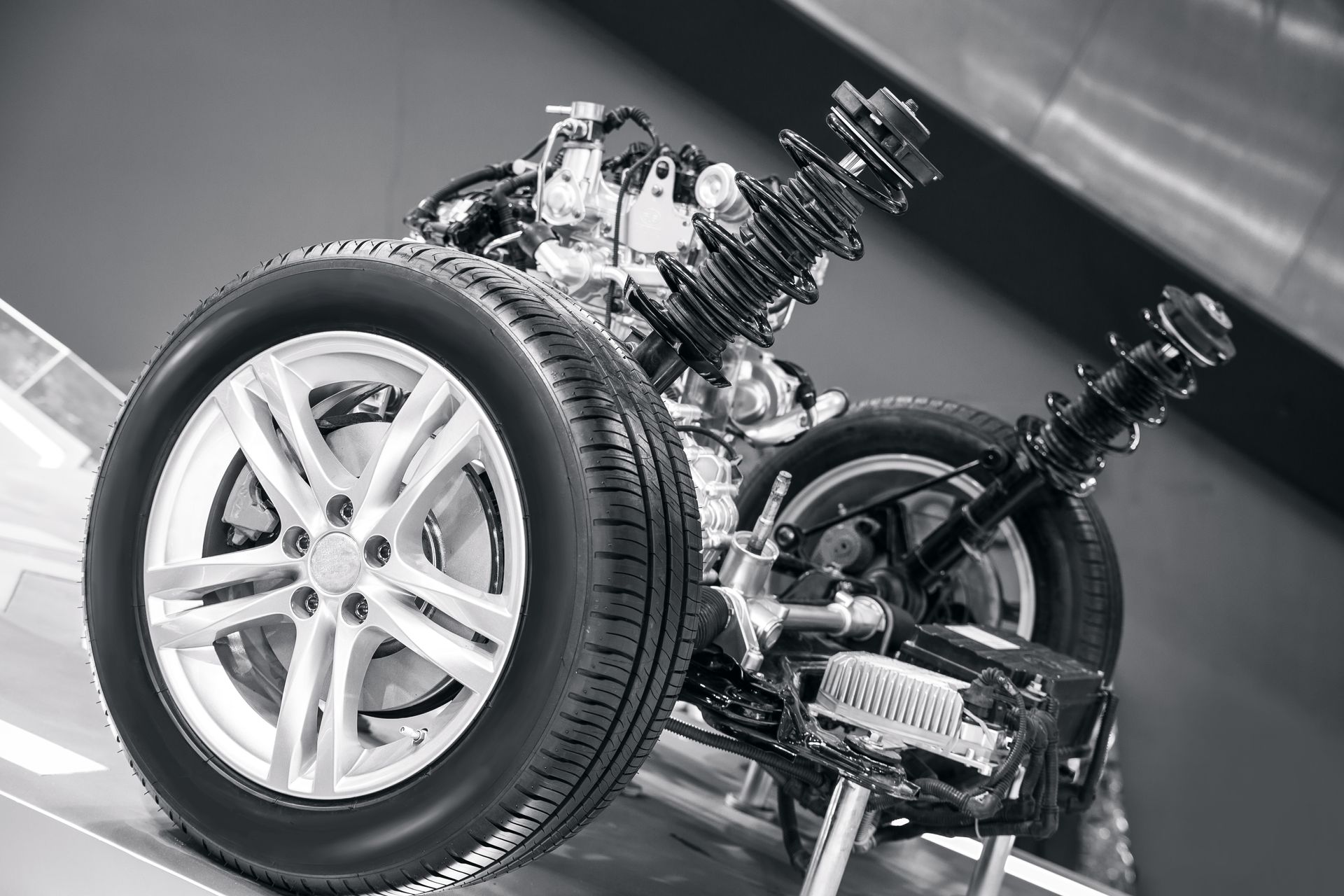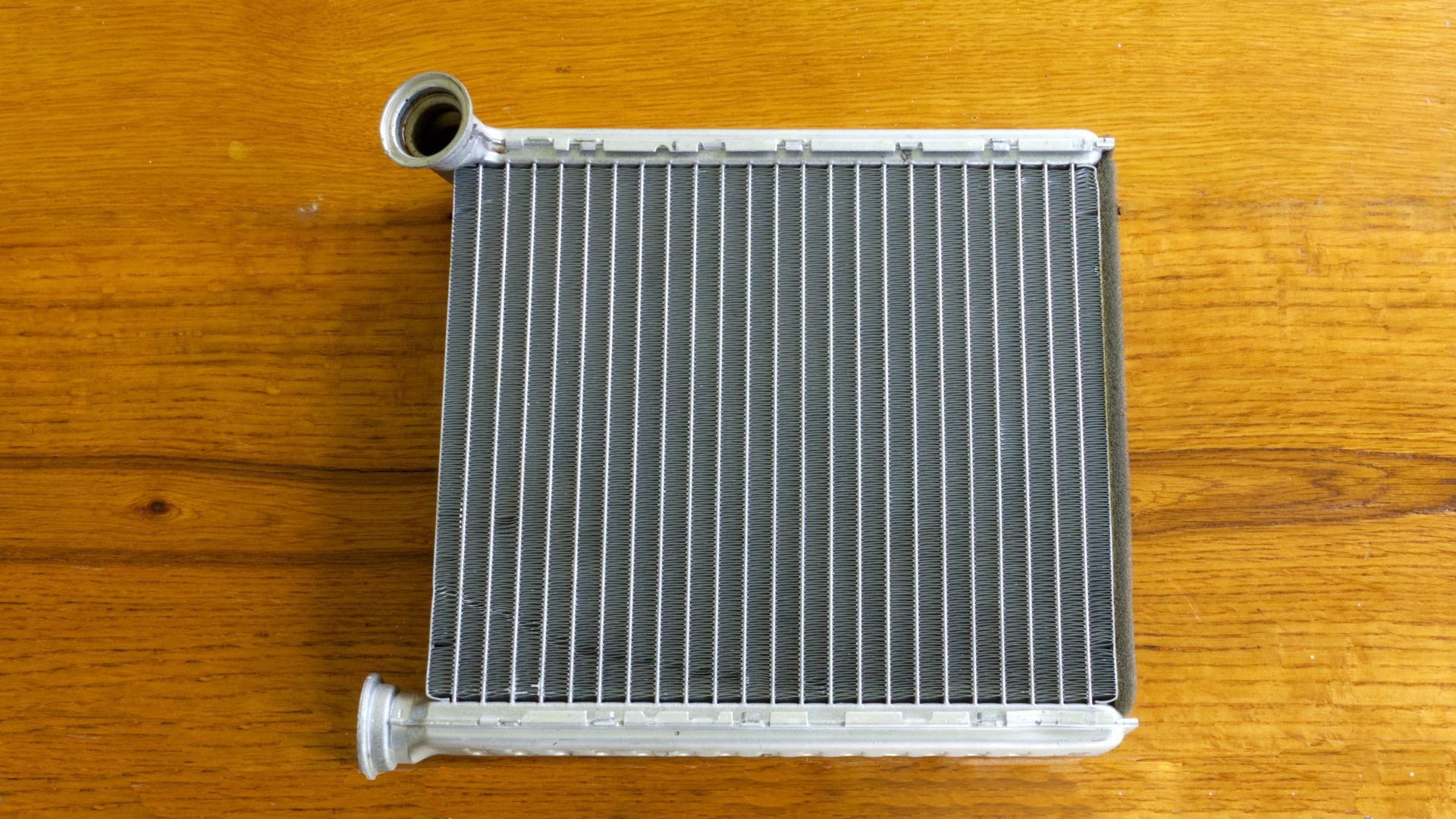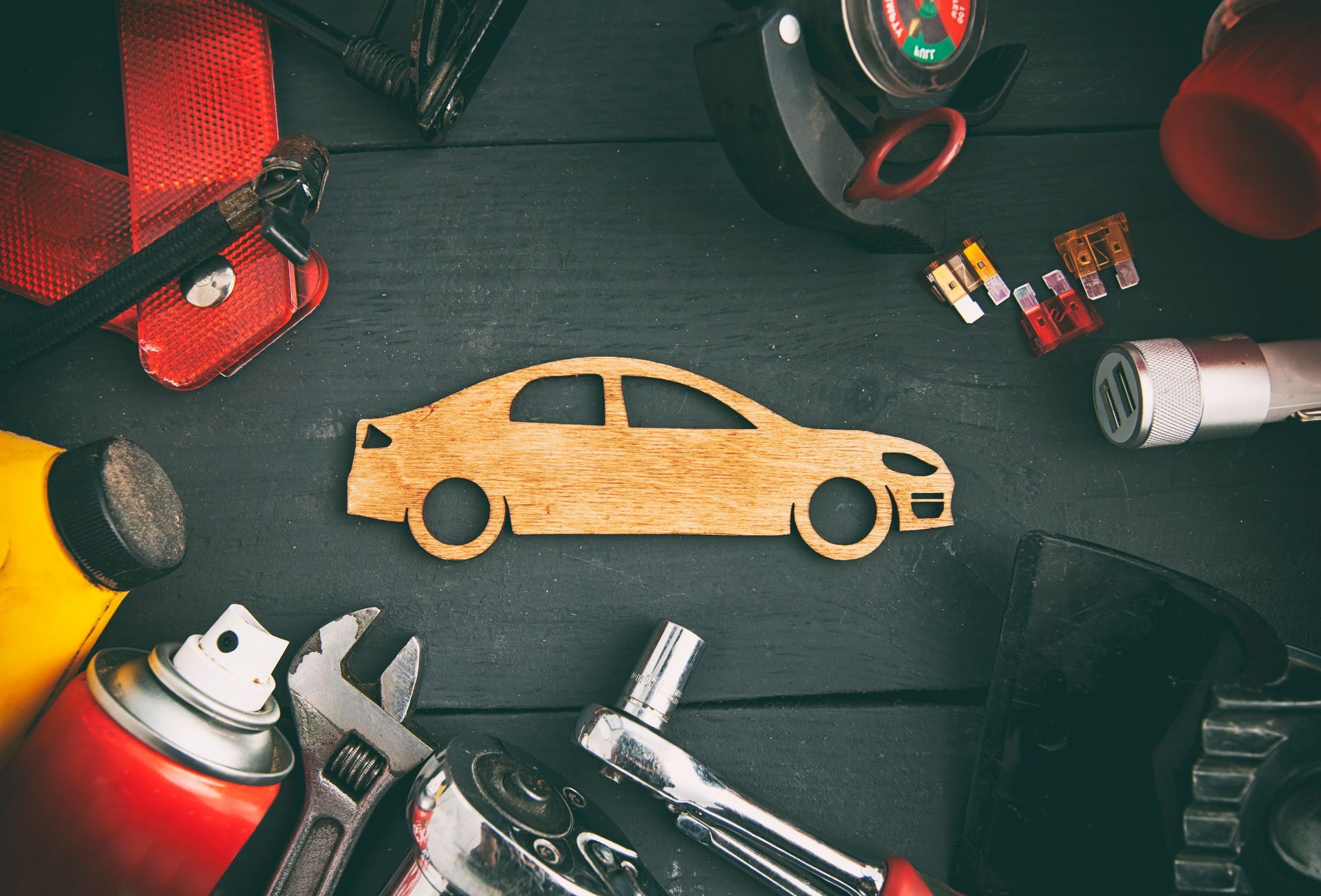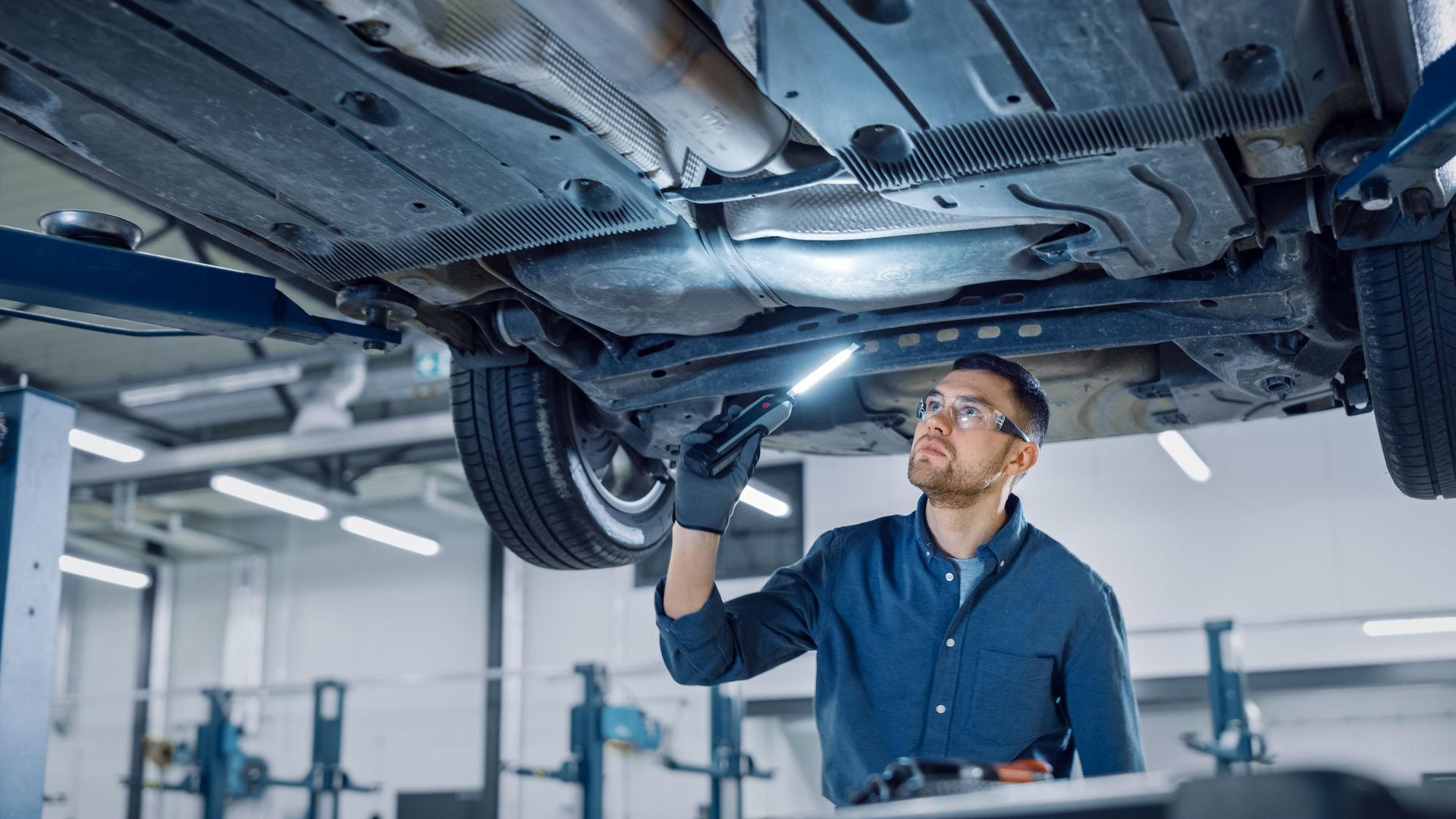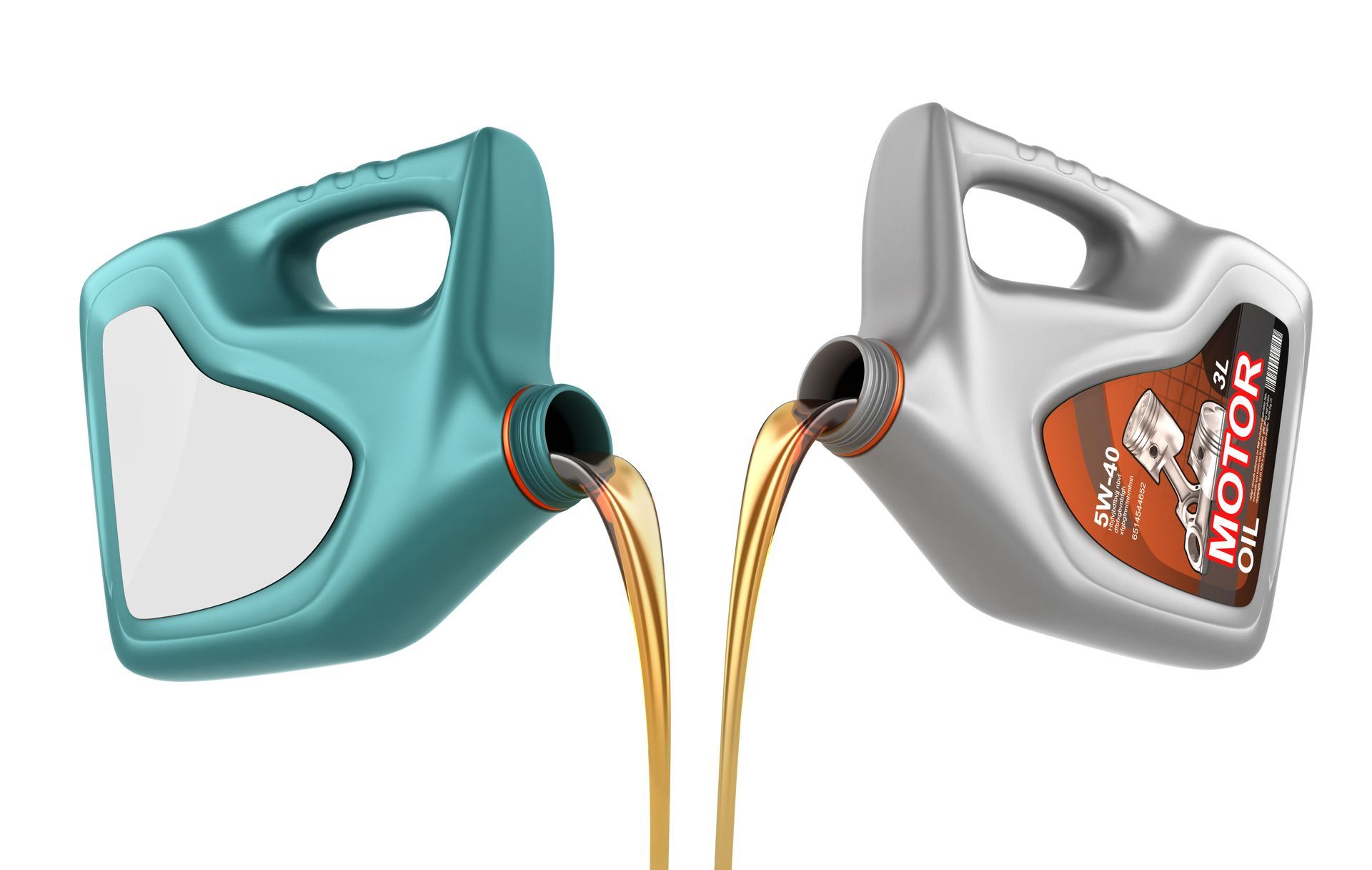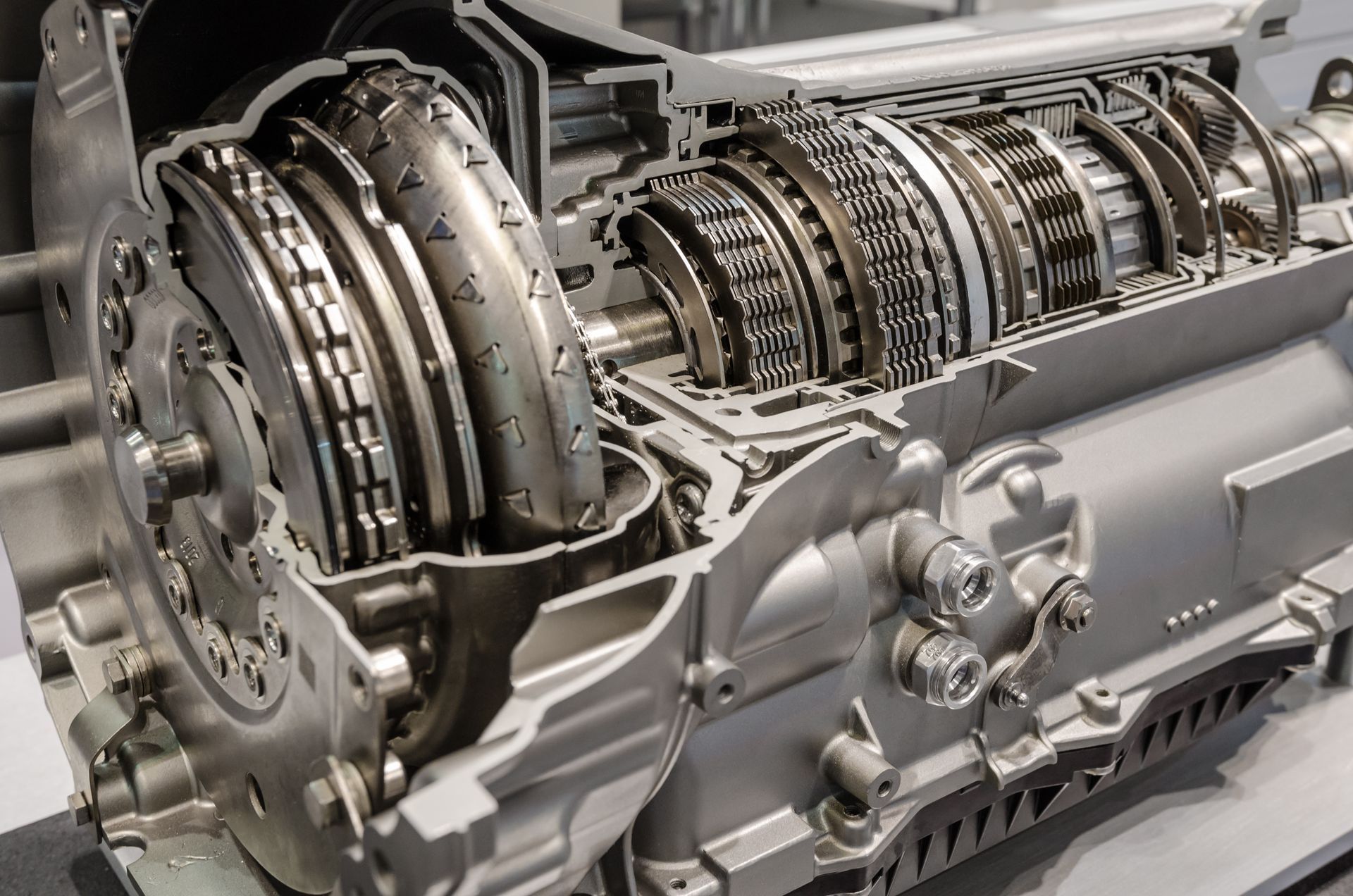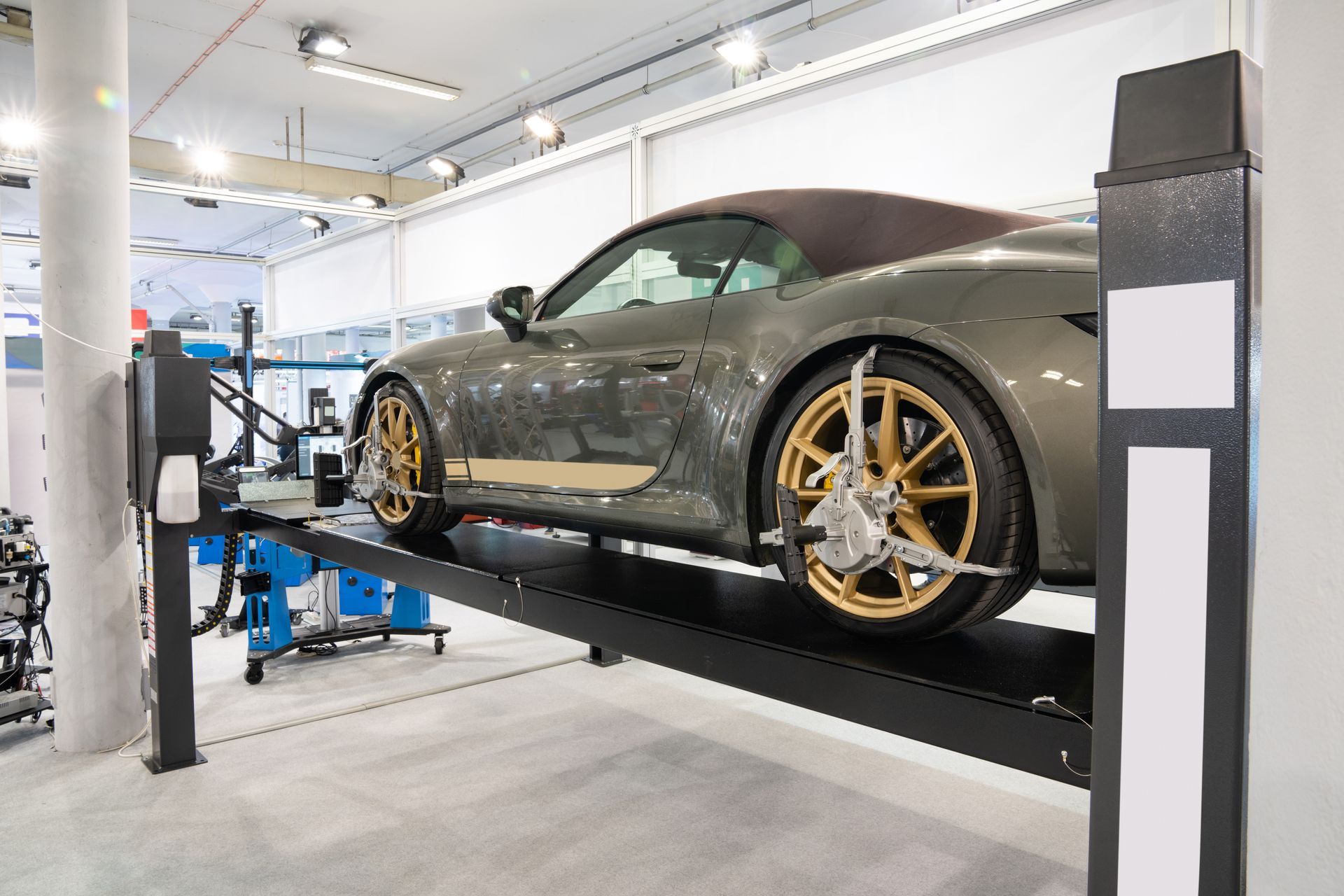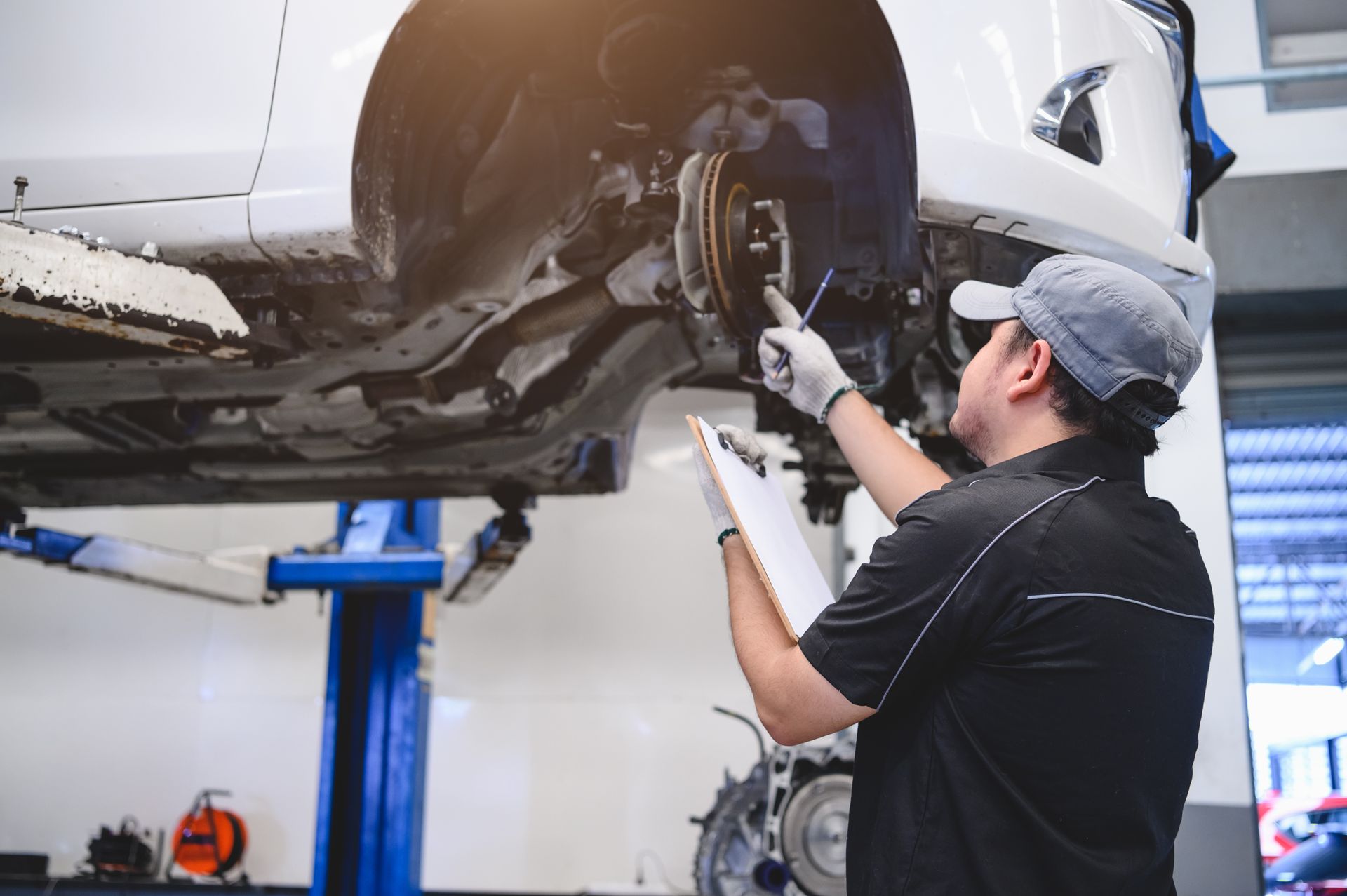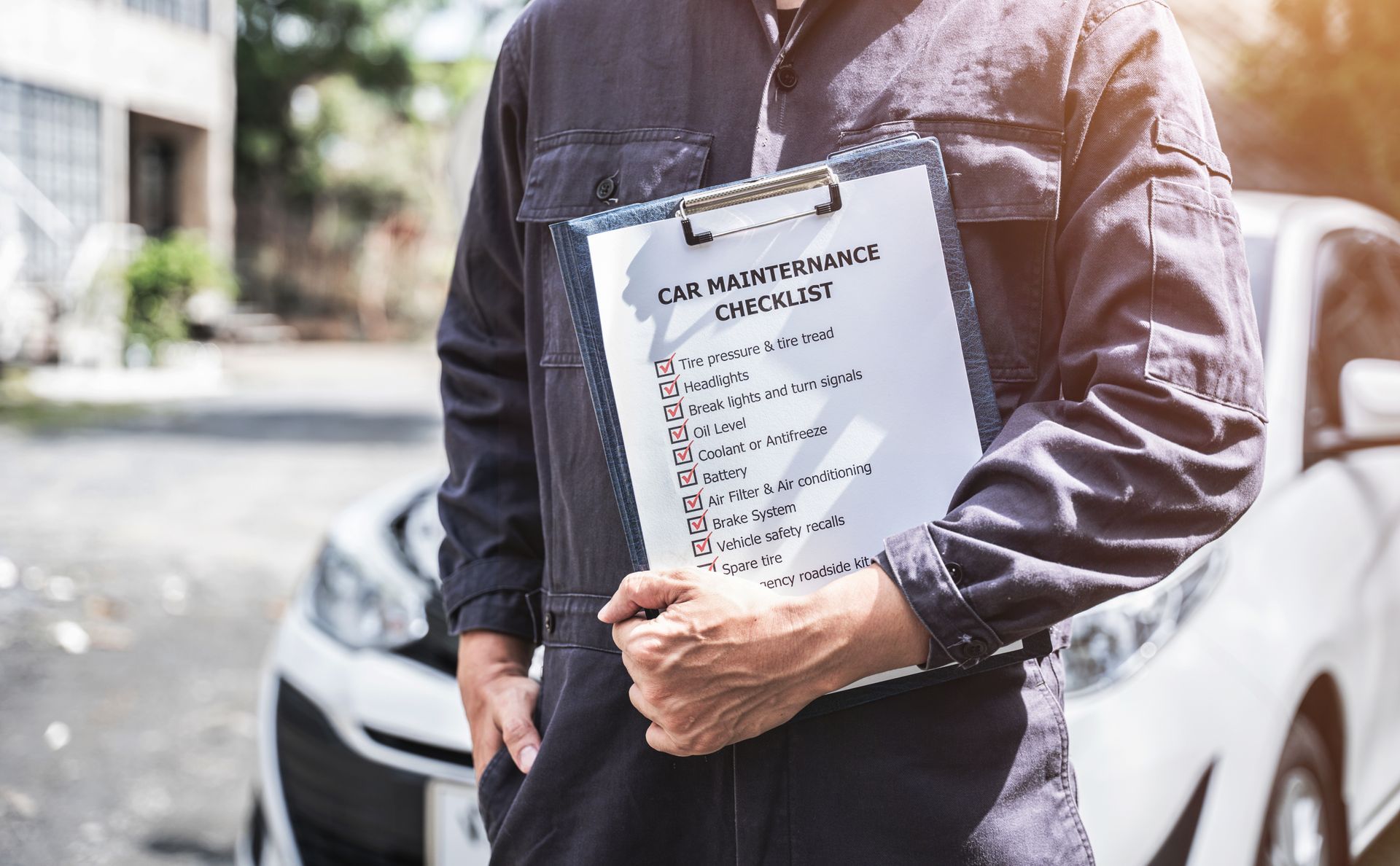When temperatures start dropping, and the first frost settles on your windshield, it’s time to think about winterizing your car. Winter weather can be harsh on vehicles, impacting everything from your battery to your tires. But with the right preparation, you can keep your car running reliably and avoid unwanted surprises on icy roads. Ready to get your vehicle ready for the cold?
Check Your Battery’s Strength
Cold weather is tough on car batteries. When temperatures fall below freezing, your battery’s power output decreases, which can leave you stranded if it’s not in good shape. If your battery is more than three years old, it’s worth getting it tested to make sure it’s holding a charge properly.
Don’t wait until your car doesn’t start on a freezing morning. Look for signs of trouble, like slow engine cranking or dim headlights. If needed, replace your battery with one rated for cold-weather performance. And while you’re at it, make sure the terminals are clean and free of corrosion.
Top Off and Replace Essential Fluids
Winter weather demands a lot from your vehicle’s fluids, so keeping them at the right levels is critical.
- Antifreeze: Your engine coolant plays a huge role in preventing your engine from freezing in extreme cold. Check the levels and make sure the antifreeze-to-water ratio is correct.
- Oil: Depending on your car and the temperatures you’re facing, switching to a winter-grade oil might be necessary. Lighter viscosity oils flow better in colder temperatures, helping your engine operate efficiently.
- Windshield Washer Fluid: Winter roads can get messy, and you’ll be using your wipers a lot more often. Make sure your washer fluid is rated for freezing temperatures to avoid a frozen reservoir when you need it most.
Inspect Your Tires for Winter Readiness
Tires are your only point of contact with the road, so they need to be in top shape during winter. Check the tread depth—worn-out tires won’t provide the grip you need on icy or snow-covered roads. A tread depth of at least 6/32 inches is recommended for winter driving.
If you live in an area with heavy snowfall, consider swapping your all-season tires for winter tires. These are designed to stay flexible and provide better traction in cold conditions. Don’t forget to check your tire pressure regularly. Cold weather causes air to contract, leading to underinflated tires that can affect your handling and fuel efficiency.
Prepare Your Wipers and Defrosters
Your wipers and defrosters are your first line of defense against snow, ice, and freezing rain. Start by replacing worn-out wiper blades with ones designed for winter—they’re better equipped to handle icy buildup.
Make sure your defrosters, both front and rear, are working properly. A malfunctioning defroster can turn a frosty windshield into a major hazard by reducing visibility.
Keep an Emergency Kit in Your Car
Even with the best preparation, winter driving can still throw you a curveball. A sudden snowstorm or icy conditions might leave you stuck on the side of the road. Having a well-stocked emergency kit can make all the difference.
Here’s what to include:
- A blanket or extra layers of warm clothing
- Flashlights with extra batteries
- Jumper cables
- A small shovel and a bag of sand or kitty litter for traction
- An ice scraper and snow brush
- Non-perishable snacks and bottled water
Having these essentials in your car can keep you safe and comfortable until help arrives.
Don’t Forget to Check Your Brakes
Winter roads demand more from your braking system, especially when you’re dealing with ice or snow. If your brakes are squeaking, pulsating, or taking longer to stop, it’s time for an inspection.
Worn-out brake pads or rotors can compromise your ability to stop quickly in an emergency. Address any issues before winter hits to ensure your safety and that of others on the road.
Pay Attention to Lights and Visibility
Winter days are shorter, and poor weather can reduce visibility. Make sure all your exterior lights—headlights, taillights, and turn signals—are working properly. Cleaning the lenses can also make a big difference in brightness.
Consider upgrading to brighter bulbs or LEDs for better illumination during night driving. And don’t forget about your interior lights—they come in handy when you’re digging out of a snowstorm or checking your emergency kit.
Stay ready for winter! Visit
B & B Automotive for expert inspections and cold-weather maintenance. Let us ensure your car is prepared to handle whatever the season throws your way.

